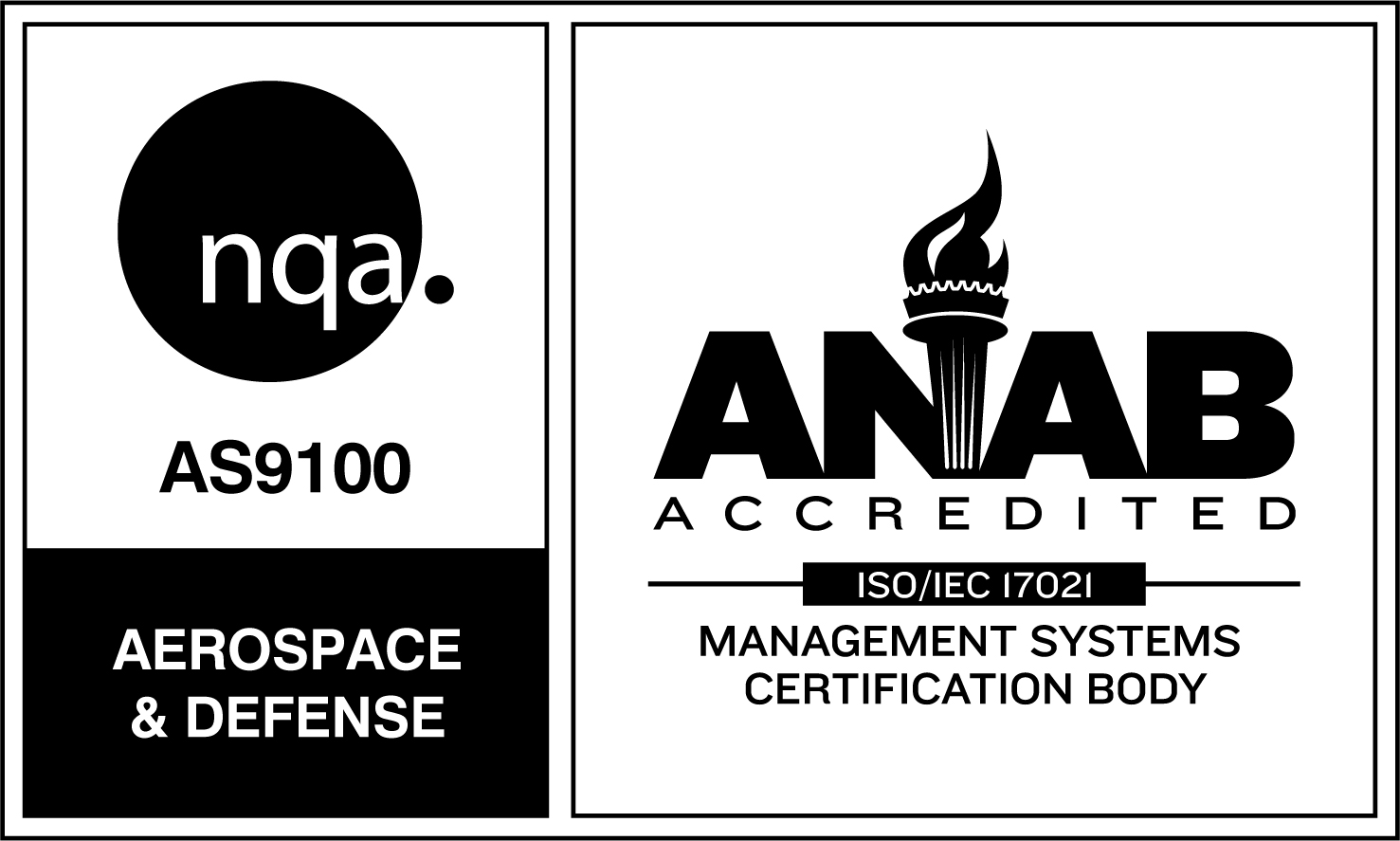Brazed components often end up in mission-critical applications. The strength, low distortion, and consistency of a brazed joint can be essential to the proper function of a jet engine or artificial knee. When a part needs to be built from different materials, brazing may be the best option for joining components to meet demanding standards of strength and tolerance. But not all brazing shops know how to deliver consistent quality. These are some of the details that make the difference:
- Precision design.
Brazing can be a highly technical process with extremely tight margins of error. Components should be designed to allow the capillary action of the braze filler metal to do its work, typically with a clearance of 0.003 inch or less. The fit of complex components will need to be designed to allow for changes to materials at the planned brazing temperatures. And in some cases, the brazing process itself may need to be fine-tuned to address the specific needs of the product’s materials. A proper brazing operation works with the customer to ensure that the components and final product meet the necessary design requirements.
- Expert assembly.
Brazing is often a hands-on process. During the assembly stage, the components to be joined need to be precisely aligned in appropriate fixtures. Technicians not only need to have a complete understanding of how their furnaces and other tools work, but they also need to be fully aware of how the brazed components will respond during the heating and cooling process. If the person doing the brazing does not have access to the customer’s complete specs or lacks the necessary experience or skill to handle a subtle design element, the resulting part may not meet requirements.
- Choosing the right brazing method.
Brazing can be achieved in several ways. In each case, the assembly is heated to allow the braze filler metal to flow through the joint. But that basic principle is where the similarities between different approaches end. The choice of brazing method can be driven by a number of factors, including the components in a product, production volumes, or the need to avoid contaminants. For example, vacuum furnace brazing can be completed without flux, resulting in a clean, strong final product.
Thermal-Vac is a leading provider of brazing and other finishing services to customers in Southern California and beyond. Our team of professionals is dedicated to providing the highest quality customer service, from assisting with design to delivering reliable and consistent brazed parts. Contact Thermal-Vac to learn more.


